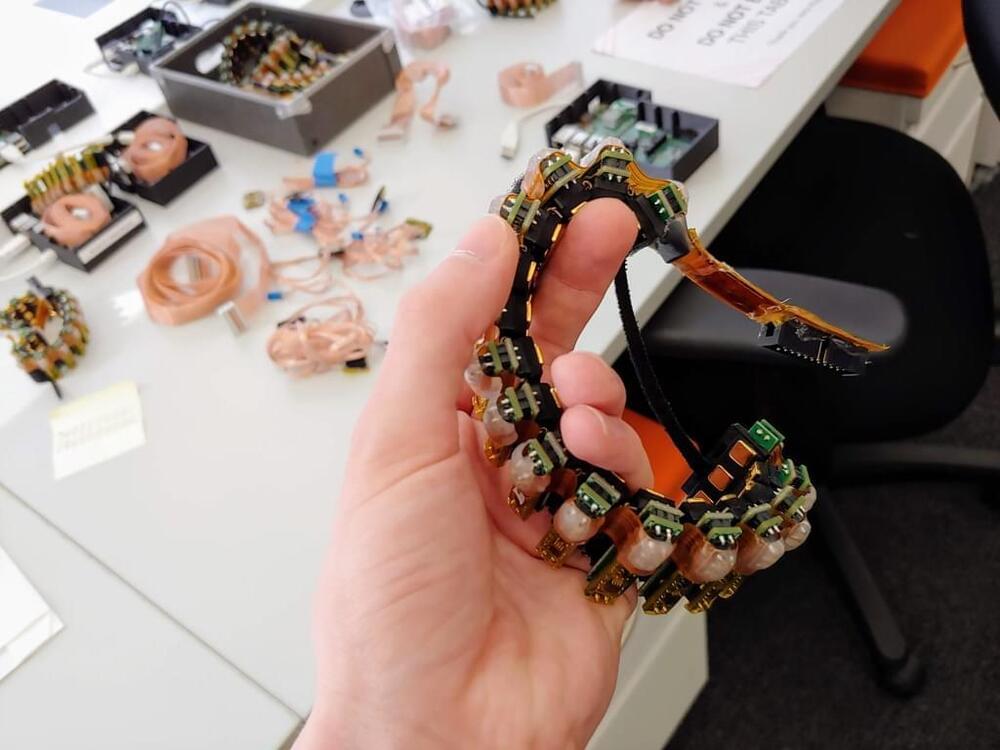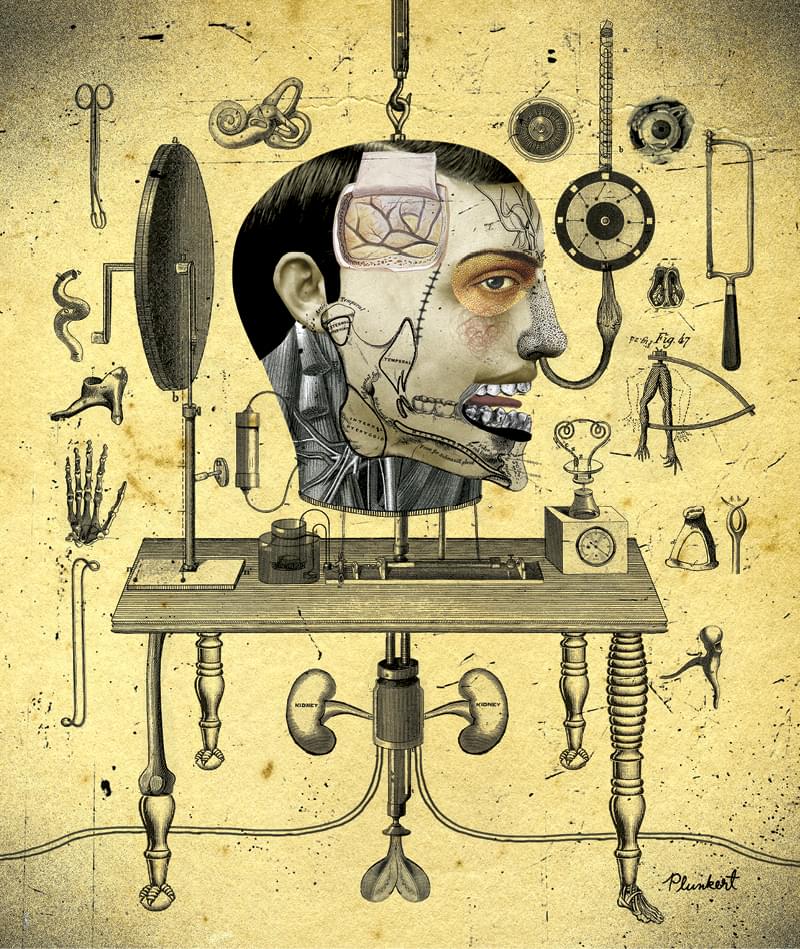A new rocket drone could shake up the hypersonic game.
Get the latest international news and world events from around the world.

ULTIMATE Refractory Alloy Innovations for Superior Efficiency (RAISE)
GE Research has proposed transformational material solutions to potentially enable a gas turbine blade alloy-coating system capable of operating at a turbine inlet temperature of 1800 °C for more than 30,000 hours. GE aims to develop a niobium (Nb)-based alloy that can operate at 1,300 °C (2372 °F), coating system consisting of a novel oxidation resistant bond coat compatible with the new Nb-based alloy, and thermal barrier coating for improved durability that can operate at 1700 °C (3092 °F) and a scalable manufacturing process for producing internally cooled gas turbine blades with the new alloy. Application of the new technologies to existing combined cycle gas turbines in the U.S. could increase the thermal efficiency by approximately 7%.
This Company Wants to Help Your Boss Monitor Your Brainwaves at Work
Critics doubt that Emotiv’s earphone-style sensors can reliably track things like stress and attention—and some worry the technology will become yet another form of workplace surveillance.

Neuralink transplant patient can control computer mouse ‘by just thinking,’ Elon Musk says
The recipient of the world’s first Neuralink brain-chip transplant is able to control a computer mouse by thinking, the tech startup’s founder Elon Musk announced this week.
“Progress is good, and the patient seems to have made a full recovery, with no ill effects that we are aware of,” Reuters reported that Musk said in an X Spaces event on Monday. “Patient is able to move a mouse around the screen by just thinking.”
Musk added that Neuralink was trying to get the patient to click the mouse as much as possible, Reuters reported.

Ctrl-labs’ armband lets you control computer cursors with your mind
O.o face_with_colon_three
Ctrl-labs is developing an armband that interprets electrical signals from neurons in the arm, allowing wearers to control computers, smartphones, and even robotic arms with their minds. VentureBeat got hands-on time with the technology during a recent visit to the startup’s New York City office.


Cyborg cardiac patch offers alternative to heart transplants
bigsmile yay face_with_colon_three
An engineered cardiac patch has been created that incorporates human cells with flexible electronics and a nanocomposite structure to not only replace damaged heart tissue, but also provide remote monitoring, electrical stimulation, and the release of medication on demand. Using electroactive polymers and a combination of biological and engineered parts, the patch contracts and expands just like normal human heart tissue, but regulates those actions with the precision of a finely-tuned machine.
Invented by Professor Tal Dvir and PhD student Ron Feiner of Tel Aviv University (TAU), this new breakthrough medical device is claimed by its creators to have capabilities that surpass those of human tissue alone. As such, this patch may give new hope to people such as those 25 percent on the US national waiting list that may die before a suitable transplant heart becomes available, by effectively offering a way to fix – rather than replace – their own heart.
While a veritable horde of artificial and artificially-grown hearts are on the medical horizon (such as a silicone foam version from Cornell University and Berkeley’s heart grown on a chip), the wait for such things to be fully developed and come to market doesn’t help those facing the prospect of dying in the near future. This is the area where the TAU creation may prove to be the most valuable.


Local actuation of organoids by magnetic nanoparticles
Tissues take shape during development through a series of morphogenetic movements guided by local cell-scale forces. While current in vitro approaches subjecting tissues to homogenous stresses, it is currently no possible to recapitulate highly local spatially varying forces. Here we develop a method for local actuation of organoids using embedded magnetic nanoparticles. Sequential aggregation of magnetically labelled human pluripotent stem cells followed by actuation by a magnetic field produces localized magnetic clusters within the organoid. These clusters impose local mechanical forces on the surrounding tissue in response to applied global magnetic fields. We show that precise, spatially defined actuation provides short-term mechanical tissue perturbations as well as long-term cytoskeleton remodeling. We demonstrate that local magnetically-driven actuation guides asymmetric growth and proliferation, leading to enhanced patterning in human neural organoids. We show that this approach is applicable to other model systems by observing polarized patterning in paraxial mesoderm organoids upon local magnetic actuation. This versatile approach allows for local, controllable mechanical actuation in multicellular constructs, and is widely applicable to interrogate the role of local mechanotransduction in developmental and disease model systems.
The authors have declared no competing interest.